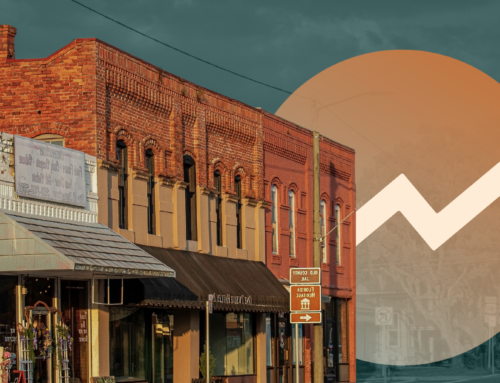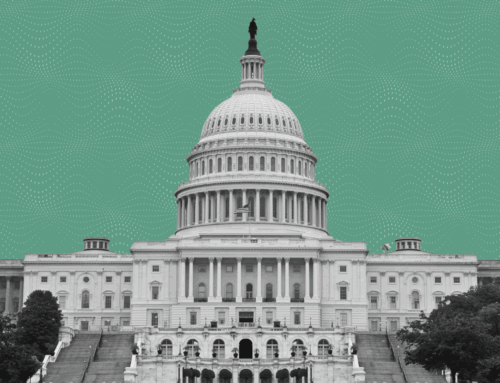Economic Innovation Group Report Shows Major Shifts in Business and Employment Growth Over the Past Three Recoveries
Washington, D.C. – The Economic Innovation Group (EIG) today released a report entitled, “The New Map of Economic Growth and Recovery,” which examines how new business formation and job creation in the current economic recovery stacks up to past recoveries. The findings show a dramatic increase in the geographic concentration of business and job growth and a national collapse in new business creation.
“The startup-less recovery should serve as a wake up call to policymakers,” said John Lettieri, EIG cofounder and senior director for policy and strategy. “The U.S. is entering an era in which growing geographic disparities and a missing generation of new enterprises could threaten access to opportunity for millions of Americans.”
This study relies on the recently released U.S. Census Bureau’s County Business Patterns program, and it is a first look at how the emerging landscape of the U.S. economic recovery from the Great Recession compares to previous post-recession recoveries in the 1990s and 2000s. The report reveals a stark transformation of the economic outlook for thousands of American communities.
“Anyone who cares about about economic inequality should be tremendously concerned that only 20 large counties now dominate the new business creation in America” said EIG cofounder and executive director Steve Glickman. “In the vast majority of communities across the country, the seeds are simply not being planted for an entire generation of new industries and good paying jobs.”
The patterns emerging from the Great Recession will have long-term implications: an economy that creates fewer business establishments provides less variety in employment opportunities and is in general marked by weaker competition, less innovation, and ultimately slower productivity growth. This recovery has accelerated the concentration of economic activity into a select few of the country’s largest metropolitan areas. The concentrated nature of the recovery will lead to new challenges for thousands of American communities.
Key findings from the study include:
- This recovery has been marked by a collapse in new business formation. Hundreds of thousands of new businesses are missing from this economic recovery, which has seen just a 165,000 net rise in new establishments, compared to approximately 400,000 in past recoveries during the 1990s and 2000s. The collapse is not due to a spike in business closures but a steep fall-off in the creation of new startups across wide swathes of the country—most notably outside a handful of major metropolitan centers.
- Employment and establishment gains from this recovery have been far more concentrated geographically than in the past. The number of counties generating the bulk of the country’s new jobs and businesses during recovery periods has dwindled over time such that only 20 counties accounted for half of all new businesses and 73 counties produced half the net increase in jobs in the 2010s. This could represent a deeper shift in where the industries of the future take root.
- This recovery has been powered by the country’s largest counties, an historic change in the type of counties that generate the highest rates of growth. This recovery is accelerating the concentration of economic activity into existing economic centers. The country’s most populous counties are also now also its fastest growing—marking a major reversal of past recovery patterns. From 2010 to 2014, counties with over one million people contained just over 1 in 4 Americans but produced nearly 6 in 10 of its new business establishments.
Conference Call
EIG will host a media conference call today at 1:00 p.m. ET to discuss the findings, the long-term implications, and share potential solutions. There will be a Q&A session following the briefing. Please RSVP to Amanda Byrd ([email protected]) to receive dial-in information.
Supporting Resources
You can view the full report and additional assets here: eig.org/recoverymap.
EIG welcomes press, bloggers, policymakers, think tanks, and other interested parties to use and reference our research with attribution, such as “Source: Economic Innovation Group, The New Map of Economic Growth and Recovery, 2016.”




